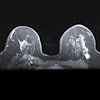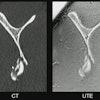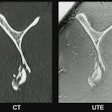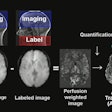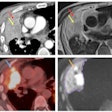SINGAPORE – MR elastography is a leading noninvasive approach for imaging liver fibrosis, yet a new technique known as “3D MRE” promises to open new opportunities for diagnosing chronic liver disease, according to a leading expert in the field.
Sudhakar Venkatesh, MD, gave a talk on the technique on May 4 at the International Society for Magnetic Resonance in Medicine (ISMRM) 2024 meeting. In an interview with AuntMinnie.com, he said 3D MRE is promising for differentiating inflammation from fibrosis and improving diagnostic accuracy for liver fibrosis staging.
“3D MRE also can obtain the elastography information of nearly the entire or a big part of the liver as opposed to 2D elastography, which only take about three or four slices,” he said.
In essence, 3D MRE provides multiple new mechanical parameters, including what are called storage modulus, loss modulus, wave attenuation, damping ratio, and volumetric strain. Including two or more of these parameters is promising for differentiating inflammation from fibrosis, a finding difficult to achieve with a 2D approach, Venkatesh noted.
Venkatesh noted that at the Mayo Clinic in Rochester, he and colleagues are involved in studies using 3D MRE to assess whether new drugs are effective for liver disease, including metabolic-dysfunction-associated steatotic liver disease, or MASLD -- previously known as non-alcoholic fatty liver disease (NAFLD) -- the most common liver disease in the U.S. and the world.
Ultimately, these advances are paving the way for a future where multiparametric-MRI becomes the gold standard for evaluating liver fibrosis, offering a safer, more accurate, and less invasive approach for patients and clinicians alike, Venkatesh said.
